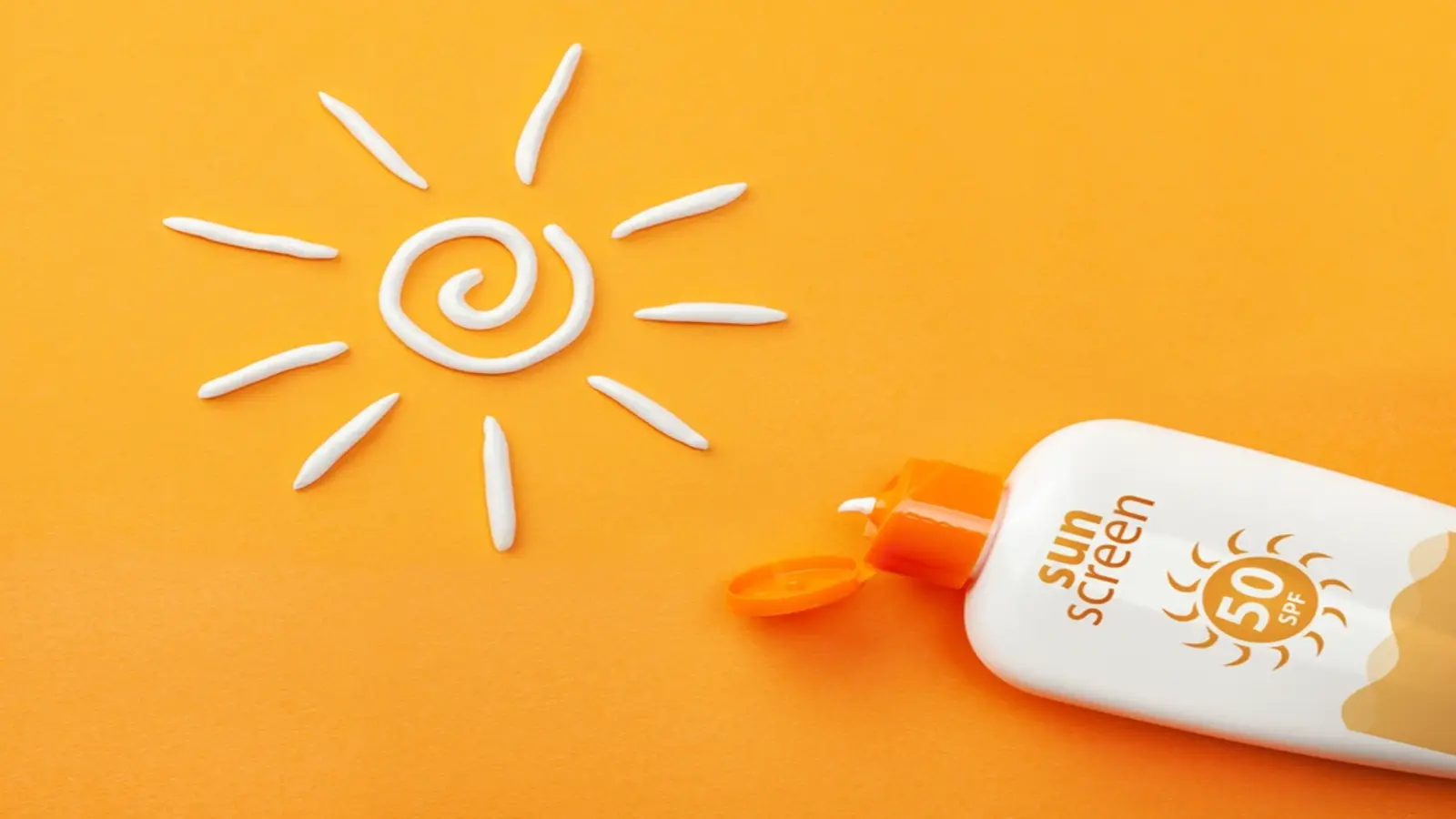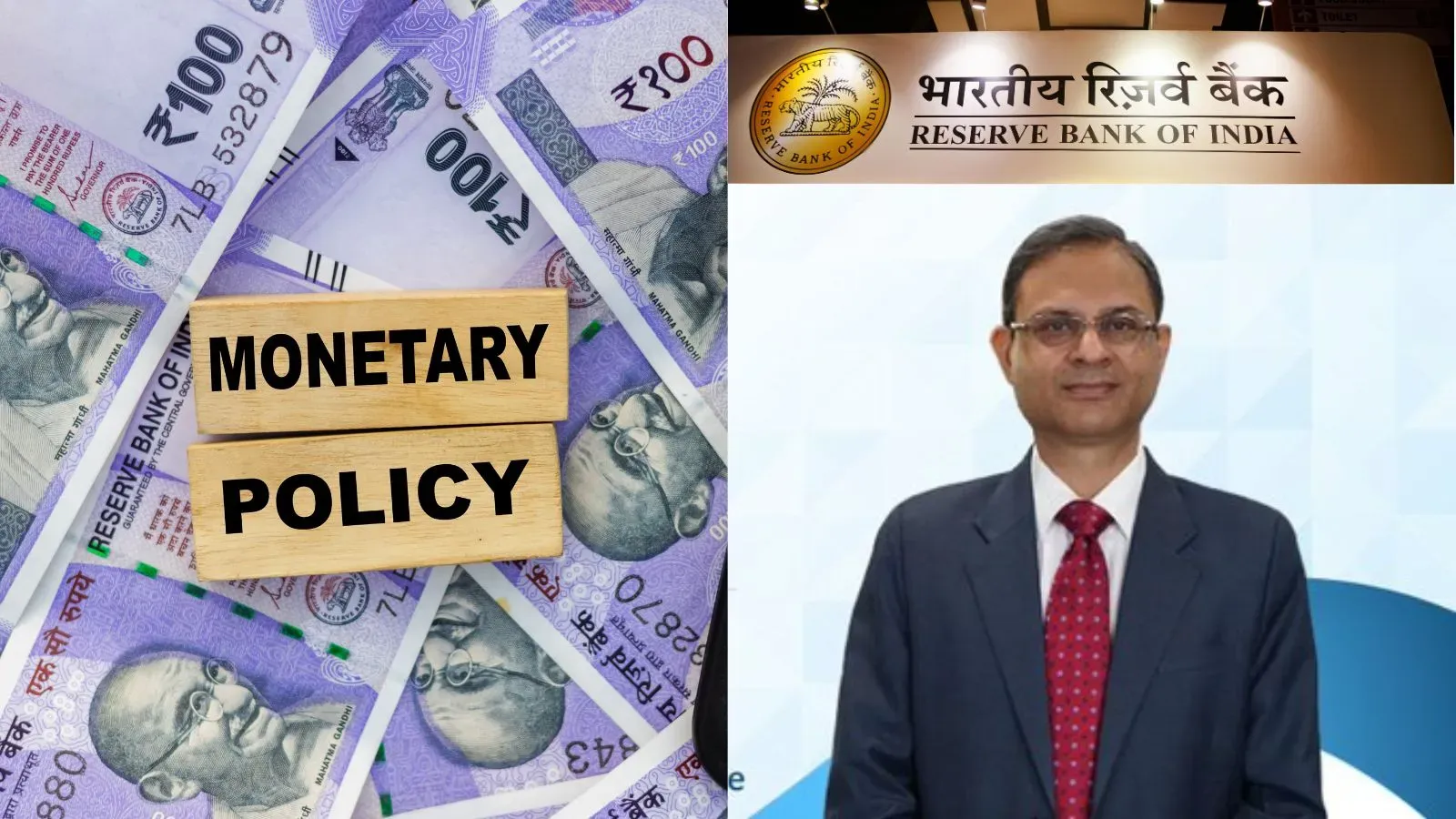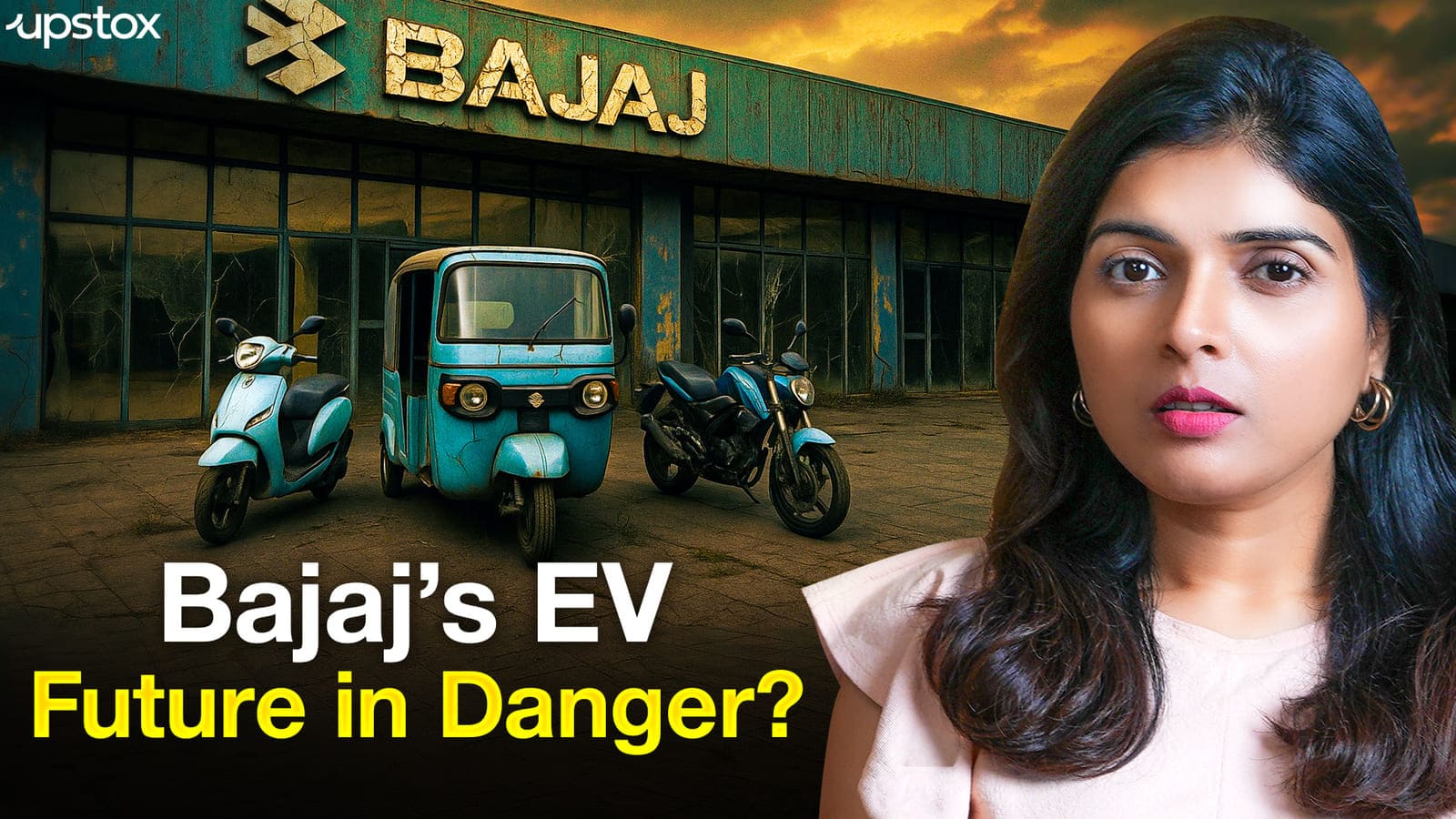Business News
From niche to necessity: The unstoppable rise of sunscreen in India

7 min read | Updated on July 31, 2025, 10:04 IST
SUMMARY
Sunscreen is no longer a luxury in India; it's a daily essential. Driven by growing awareness of UV damage, dermatologist advocacy and social media influence, the sunscreen market in India is booming, projected to reach $1.4 billion by 2033. Despite challenges like misleading claims and consumer understanding, innovation in formats and online accessibility are paving the way for a bright future in the Indian skincare industry.

The Indian sun care cosmetics market is growing at a robust CAGR of 8.9% and is likely to reach $1.4 billion by 2033. | Image: Shutterstock
A decade ago, sunscreen in an Indian middle-income household was often an afterthought, a cream reserved for beach vacations or perhaps the fair-weather tourist. Today, a quiet shift is taking place. Across India's sun-drenched landscape, a palpable awareness is taking root, transforming sunscreen from a fleeting fancy into an essential daily ritual. This isn't merely a trend; it's a testament to a growing understanding of skin health, shaping a vibrant market projected to nearly double in size over the next decade.
The numbers tell the full story. The Indian sun care cosmetics market, valued at an estimated $641.9 million in 2024, is on a trajectory to reach $1.4 billion by 2033, growing at a robust CAGR of 8.9% from 2025, according to Grand View Research. But what's truly behind this steady surge? Is it simply a rise in disposable incomes, or a deeper, evolving obsession with skincare?
Drivers of growth
The shift isn't just about avoiding a tan anymore. Indian consumers are increasingly aware of the silent damage wrought by UV radiation. They've come to understand that UVA rays, often overlooked, lead to pervasive pigmentation issues that are especially prominent for Indian skin tones. Dermatologists consistently highlight that sun exposure can worsen existing pigmentation, making sunscreen essential even for those not prone to painful burning.
This heightened awareness isn't spontaneous; it's an understanding that has developed over time. Dermatologists are at the forefront, advocating for daily, year-round sunscreen use, regardless of skin tone or weather. They are demystifying complex terms and educating patients on the necessity of "broad-spectrum" sunscreens that shield against both UVA and UVB rays.
"Sunscreen is not just helpful in protecting us from the sun but also from infrared rays to which we are exposed very regularly," explains Dr. Soni Nanda, a Delhi-based dermatologist. "It helps protect us from pigmentation due to sun exposure as well as premature ageing." This holistic view of protection is resonating deeply.
Adding to this scientific push is the undeniable power of the digital age. The world of social media and beauty influencers has played a massive role, transforming complex skincare science into digestible, relatable content. From quick tutorial videos to in-depth product reviews, these creators have made sunscreen cool, accessible, and an aspirational part of daily self-care.
And amid the beauty chatter, a sobering reality is also driving adoption. The Indian Council of Medical Research (ICMR) reports around 1.5 million skin cancer cases annually, a statistic that, while alarming, is gradually increasing awareness of the severe, long-term detrimental effects of unprotected sun exposure.
This evolving understanding has transformed sunscreen from a seasonal or occasional product into a non-negotiable daily skincare essential for a rapidly expanding segment of the Indian population.
Online sales and accessibility
The popularity of sunscreen has also been amplified by a prominent shift in retail. The surge in e-commerce and omnichannel retail strategies has dramatically improved product accessibility. No longer limited to big city pharmacies, sunscreens are now just a click away for consumers in Tier 2 and Tier 3 cities, bringing a wider array of choices directly to their doorsteps. Industry estimates suggest that an astounding two-thirds of sunscreen sales in India now happen online. While traditional pharmacies and drug stores still command consumer trust due to perceived reliability, and physical retail stores remain important, the digital marketplace is the undisputed engine of growth, making sun protection more convenient than ever before.
Who’s buying what and from where
Understanding who is buying sunscreen and what they're choosing offers fascinating insights into the market's dynamics.
It’s not surprising that women currently dominate the Indian sunscreen market by gender, holding a hefty 70.43% share, according to BlueWeave Consulting's 'India Sunscreen Market Demand, Size & Share 2030' report. Their long-standing engagement with comprehensive skincare routines makes them primary adopters.
However, a notable and exciting change is underway: the men’s segment is also witnessing growth. Driven by increasing awareness of skincare among male consumers, influenced by greater exposure to outdoor environments, pollution, and the ubiquitous nature of UV radiation, men’s brands like Beardo and Mancode are now specifically catering to this burgeoning demand.
When it comes to protection levels, SPF 30 is currently the most preferred SPF level among mainstream consumers, accounting for approximately 34.02% of the market in 2024, according to Grand View Research. This reflects a choice that balances adequate protection with daily wearability. Yet, demand for SPF 50 and above is rising, expected to grow by 9.8% until 2030, reflecting a growing consumer sophistication and desire for higher, more robust protection.
In terms of format, creams and lotions still command the largest revenue share, prized for their ease of use, wide availability, and perceived lasting protection. But innovation is quickly changing the game. Gels are gaining ground for their non-greasy, lightweight texture, a godsend for India's humid climate and oily skin types. Looking ahead, sticks are expected to be one of the fastest-growing segments, projected for a jump of 10.8% from 2025 to 2030, thanks to their convenience, portability, and mess-free application.
The market itself is an exciting battleground. Established international giants like Neutrogena, Cetaphil, and L'Oréal Paris stand shoulder-to-shoulder with rapidly growing homegrown powerhouses such as The Derma Co., Minimalist, Dot & Key, and Lotus Herbals. There's also a noticeable, health-driven shift towards mineral-based sunscreens , fueled by preferences for "clean" and sensitive-skin-friendly formulations, even as brands work to overcome the challenge of a persistent white cast on the skin.
While ‘Mass Sun Protection’ still dominates the market, holding the largest share of 96.07% by value in 2020, according to GlobalData, the ‘Premium Sun Protection’ segment is actively expanding, signaling a growing willingness among consumers to invest in specialised, higher-quality products that promise advanced benefits and superior user experience.
Challenges ahead
Despite this positive forecast, the Indian sunscreen market faces its own set of problems. Inadequate testing and false claims remain a critical concern, with many brands, especially newer digital-first entrants, potentially skipping crucial efficacy tests like ISO testing for SPF on human subjects, due to cost. This leads to misleading SPF claims, where products may advertise high SPF of 50 or 70, but offer much less actual protection, creating a false sense of security for consumers.
Furthermore, unlike global counterparts, India currently lacks specific ‘Reef-Safe’ norms, a gap that will likely need to be addressed as environmental consciousness grows. A major hurdle also lies in limited consumer understanding of SPF or PA ratings, as many still don't fully grasp their meaning or the appropriate amount and frequency of application needed for effective protection. This leads to differentiation challenges in a market increasingly saturated with similar SPF 50+ claims, making it harder for consumers to discern genuine efficacy.
Yet, the overall outlook remains optimistic. According to market research, the future looks exceptionally bright for the sunscreen market in India as demand for innovation in formulations is set to rise. The push for lightweight, non-greasy, and invisible formulas will intensify. Gel, spray, and stick formats are poised to gain widespread popularity due to their convenience, ease of reapplication, and suitability for India's humid climate. Moreover, there will be a growing demand for multi-functional sunscreens, with consumers increasingly seeking products that offer more than just UV protection, integrating benefits like hydration, anti-aging, anti-pollution, blue light protection, and even tinted options that blend into daily routines.
By signing up you agree to Upstox’s Terms & Conditions
About The Author
Next Story

